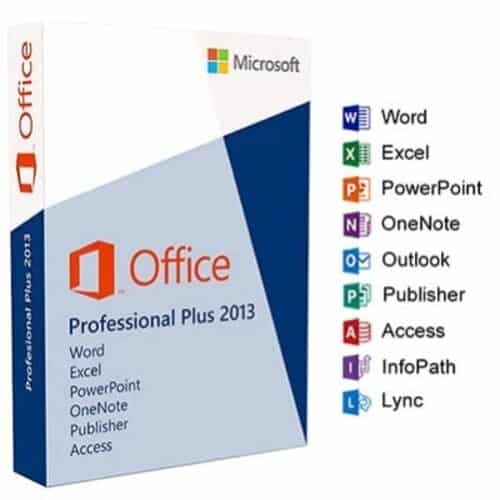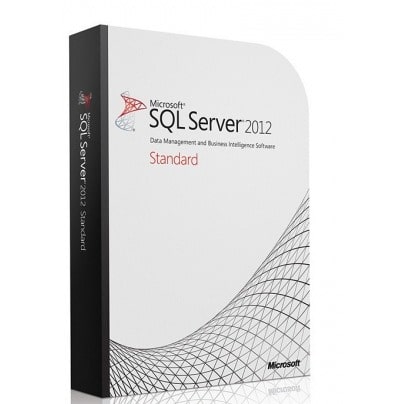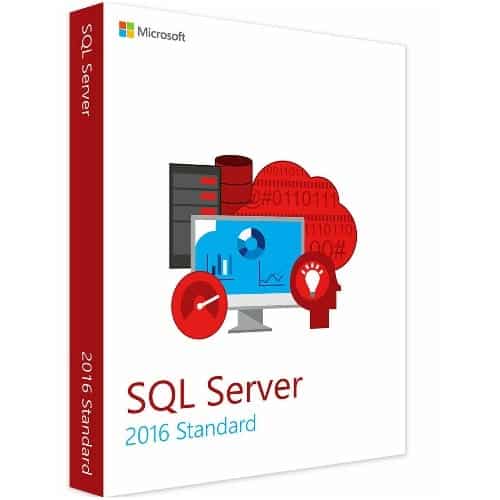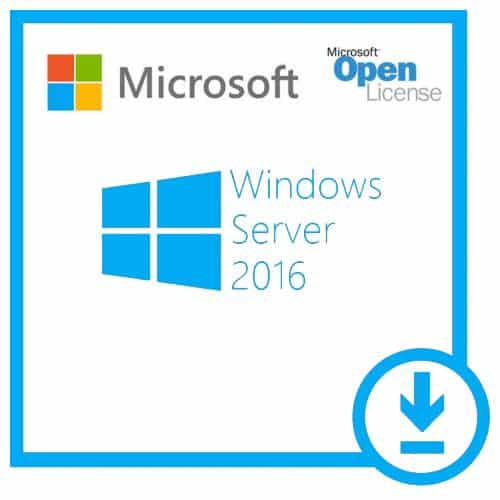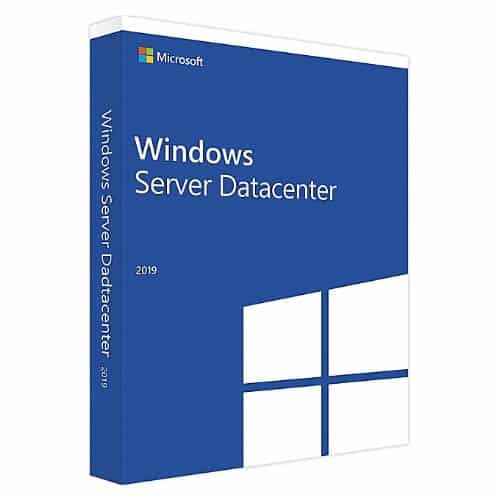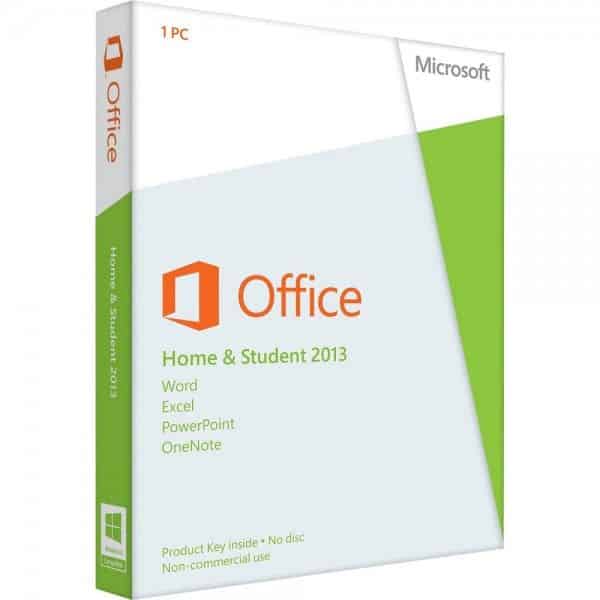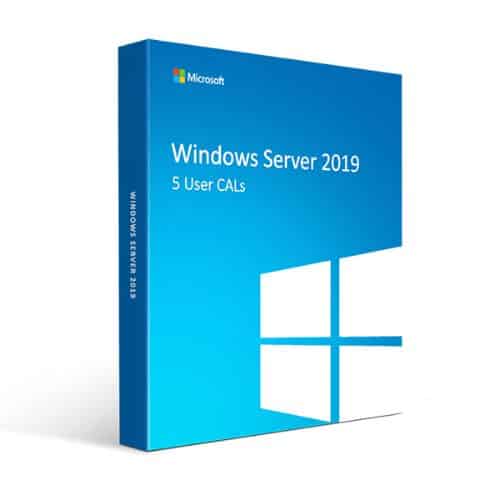
Windows Server 2019 CAL 10 Users
Windows Server 2019 CAL 10 Users
A Windows Server 2019 CAL 5 Users is a license that allows customers to access Windows Server. CALs are used in conjunction with Microsoft Windows Server OS licenses to allow Users and/or Devices to access and utilize the services of that server OS.
Description
Microsoft Windows Server Client Access Licenses (CALs)
The Microsoft Windows Server 2019 10 User CAL License equips small to medium-sized businesses with secure server access for up to 10 users. Each User CAL allows one user to connect to Windows Server 2019 Standard or Datacenter editions from unlimited devices, such as laptops, tablets, or smartphones. For instance, employees can access file shares, print services, or Azure hybrid features seamlessly, boosting productivity across multiple devices. Additionally, this license ensures compliance with Microsoft’s licensing standards, safeguarding your business from penalties.
Unlike Device CALs, which restrict access to a single device, User CALs offer flexibility for users switching between devices, making them ideal for dynamic work environments. Moreover, Windows Server 2019 CALs support backward compatibility with older versions like Windows Server 2016 or 2012, but not newer ones like 2022. The license unlocks advanced features, including enhanced security with shielded virtual machines and streamlined Active Directory management.
Available at Obejor Nigeria, this 10 User CAL pack delivers digitally within 30 minutes during business hours, enabling quick setup. Furthermore, it includes a Certificate of Authenticity and a license key for easy activation through the Remote Desktop Licensing Manager. Trusted resellers like Obejor Nigeria provide expert support to simplify the process. While ideal for teams of 10, larger organizations may need additional CALs for scalability. In short, the Windows Server 2019 10 User CAL License offers a cost-effective, flexible solution for secure server access. Shop now at Obejor Nigeria to empower your team with reliable connectivity.
Have you found what you are looking for? If not, check out our list of Dell Laptops. Obejor Computers supplies quality laptops, smartphones, and much more. Shop with us today.

